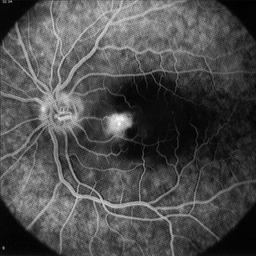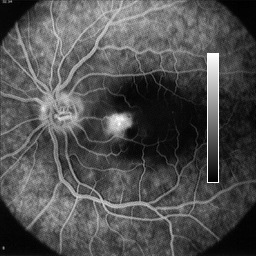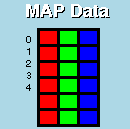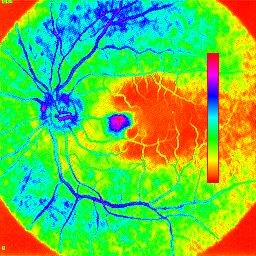 --
--

The human vision system can only distinguish about 30 shades of grey in a monochrome image, but it can distinguish hundreds of different colors shades.
Pseudocoloring is a technique to artificially assign colors to a grey scale. There are various approaches for assigning color to grey-level images. A technique, known as intensity slicing, assigns a shade of color to all grey levels that fall under a specified value and a different shade of color to those grey levels that exceed the specified value. The majority of the techniques perform a grey level to color transformations. The idea is to perform 3 transformations on a particular grey level and feed this to the three color inputs (RGB) of a color monitor. The result is a composite image whose color content depends on the grey level to color transformations.

Basically we want to "play" (alter) the colormap of an image. The two methods are:
Two mapping schemes.
Below is an original grey scale or monochrome image and next to it is the same image but with a grey level ramp inserted in it. This is done so that the colortable can be visualized directly in the image display.
The technique to generate the image with a built-in grey-ramp is very useful to understand how the colors are mapped in the display.
Shown below are two images using two different pseudocolor tables. The image on the left uses the "rainbow" colortable and the one on the right uses the "SApseudo" colortable.
 --
--

Rainbow colortable ------------- SApseudo colortable